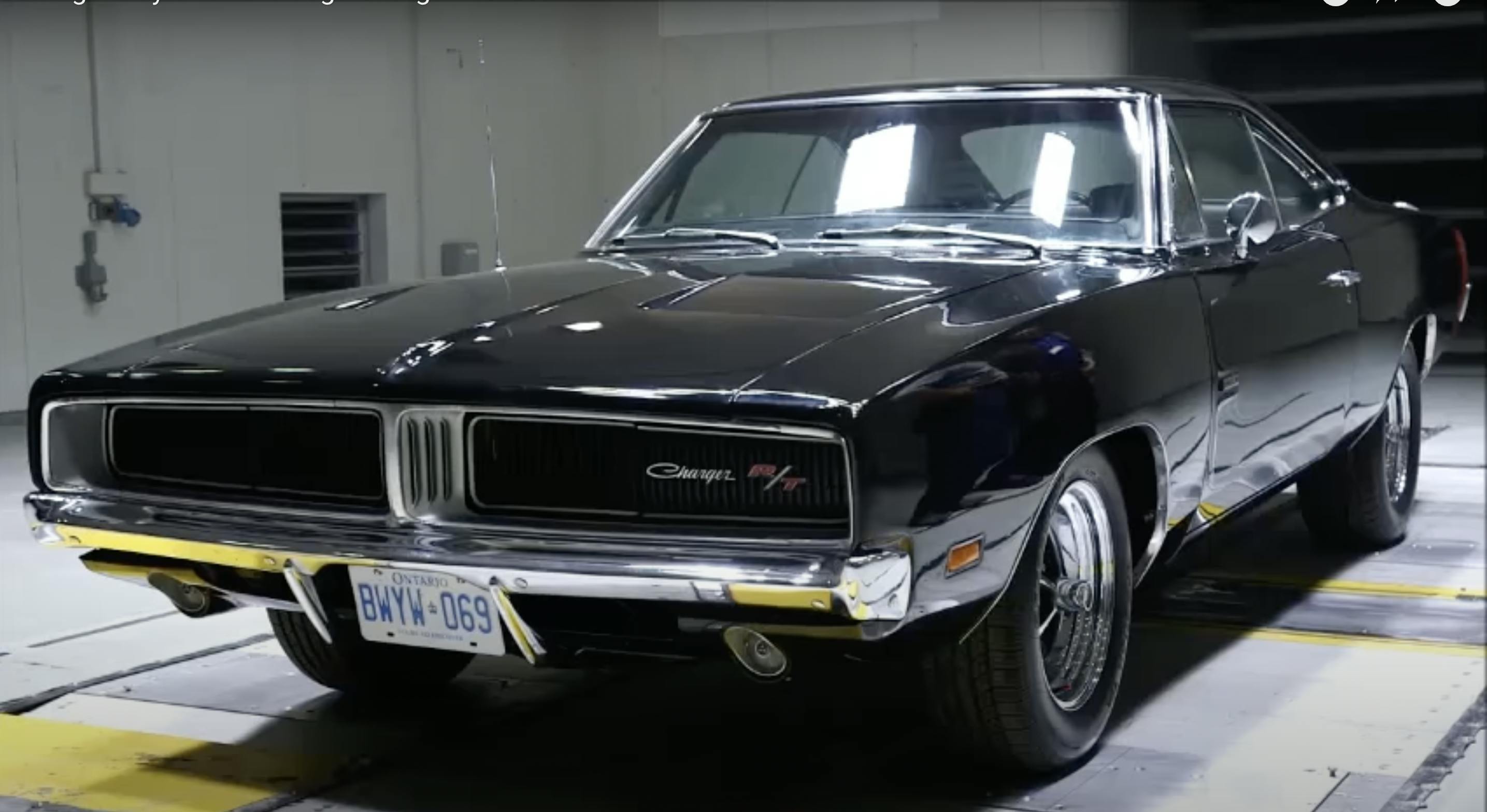Media | Articles
Did the Charger Daytona’s wing actually work?
Trace the history of NASCAR back far enough and you will find a time when the cars on the track were indeed related to the showroom offerings available to Joe Average. In fact, homologation requirements led to some pretty crazy stuff being sold to the public thanks to manufacturers’ efforts to win those Sunday afternoon high-speed bouts. A prime example is the Dodge Charger Daytona and its aggressively tapered nose cone and sky-high rear wing. But did those exotic add-ons actually help in the aerodynamics department?
If they didn’t work, they wouldn’t have been on the cars come race day, of course, and the Daytona and its aero kit wouldn’t have been subsequently banned from NASCAR. Just how much of a difference did that coat rack make out back, though? That’s always been a bit of a rumor, just like the theory that the wing was designed to allow the trunk lid to operate normally. The reality is the designers wanted it high enough to reach “clean” air.
To put rumor to rest, AutoFocus.ca gathered three cars and booked a day in an Ontario wind tunnel. The first car was a bone-stock 1969 Charger, which, to no one’s surprise, has all the aerodynamic virtue of a brick. It’s a dang-good looking brick, though. Then the Daytona is rolled in, and the big fans spool up.
We have to admit one major frustration with this video: The testers don’t reveal the precise stats for the big-wing car’s performance. What they do say is that rear downforce went up 20 percent, and that front lift was minimized. (Exactly what the original designers wanted.) Interestingly, drag drops significantly. This has little to do with the wing or the nose cone, really, and more with the back window’s attitude—it’s mounted flush with those flying-buttress C-pillars. This makes the air slip over the car rather than getting caught behind the rear glass and creating turbulence.
Marketplace
Buy and sell classics with confidence
As this test shows, the wing certainly stabilized the Daytona. Combined with the lower drag from the rear window rearrangement, the alien-looking bit of kit allowed these cars to achieve the 200-mph speeds that cemented their place in the history books.
The final bit in the video involves a comparison of these two vintage brutes with a 2015 Charger Hellcat, which has no extreme aero features yet manages to produce even less drag and more downforce. Still has too many doors, though …















